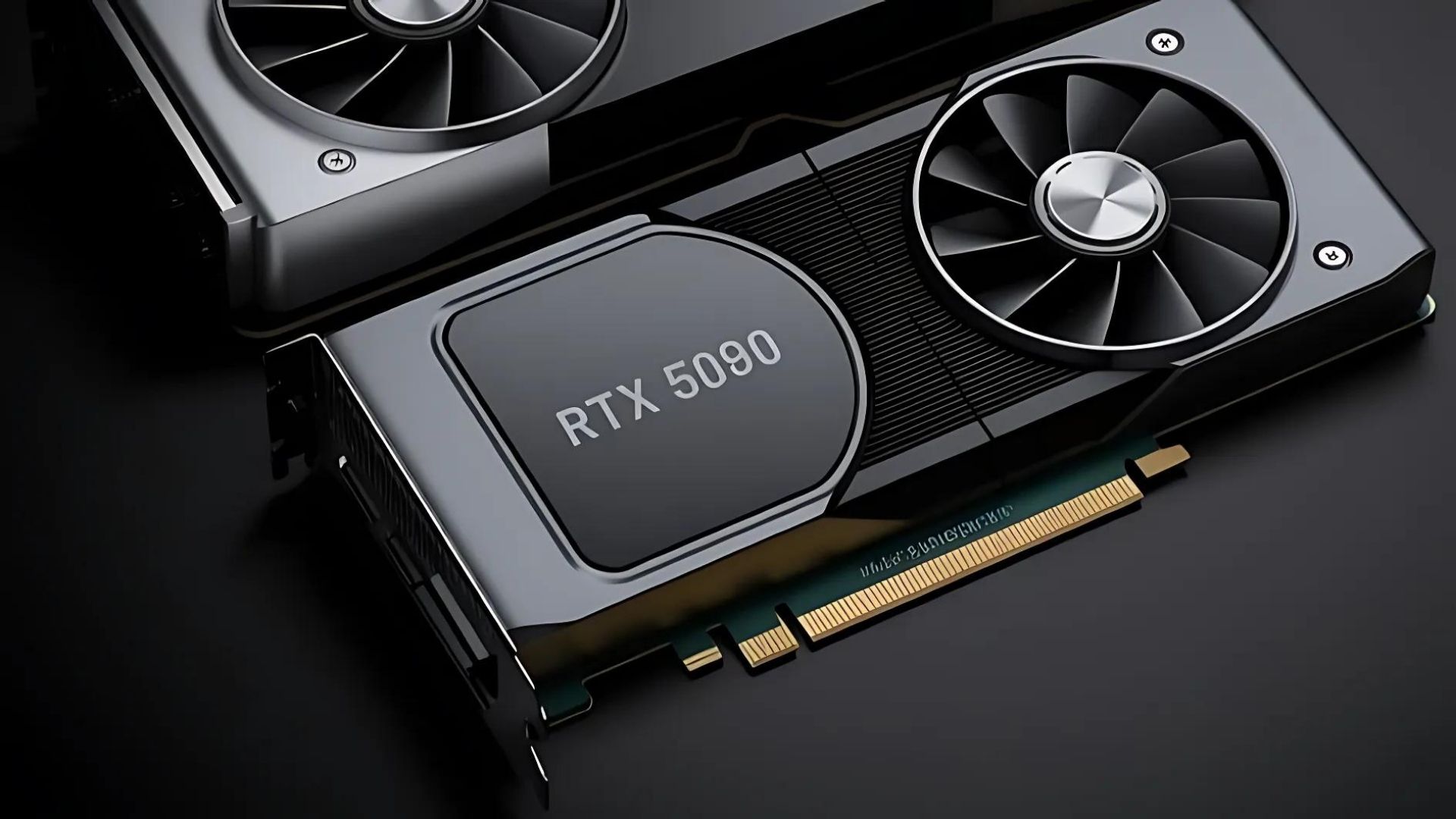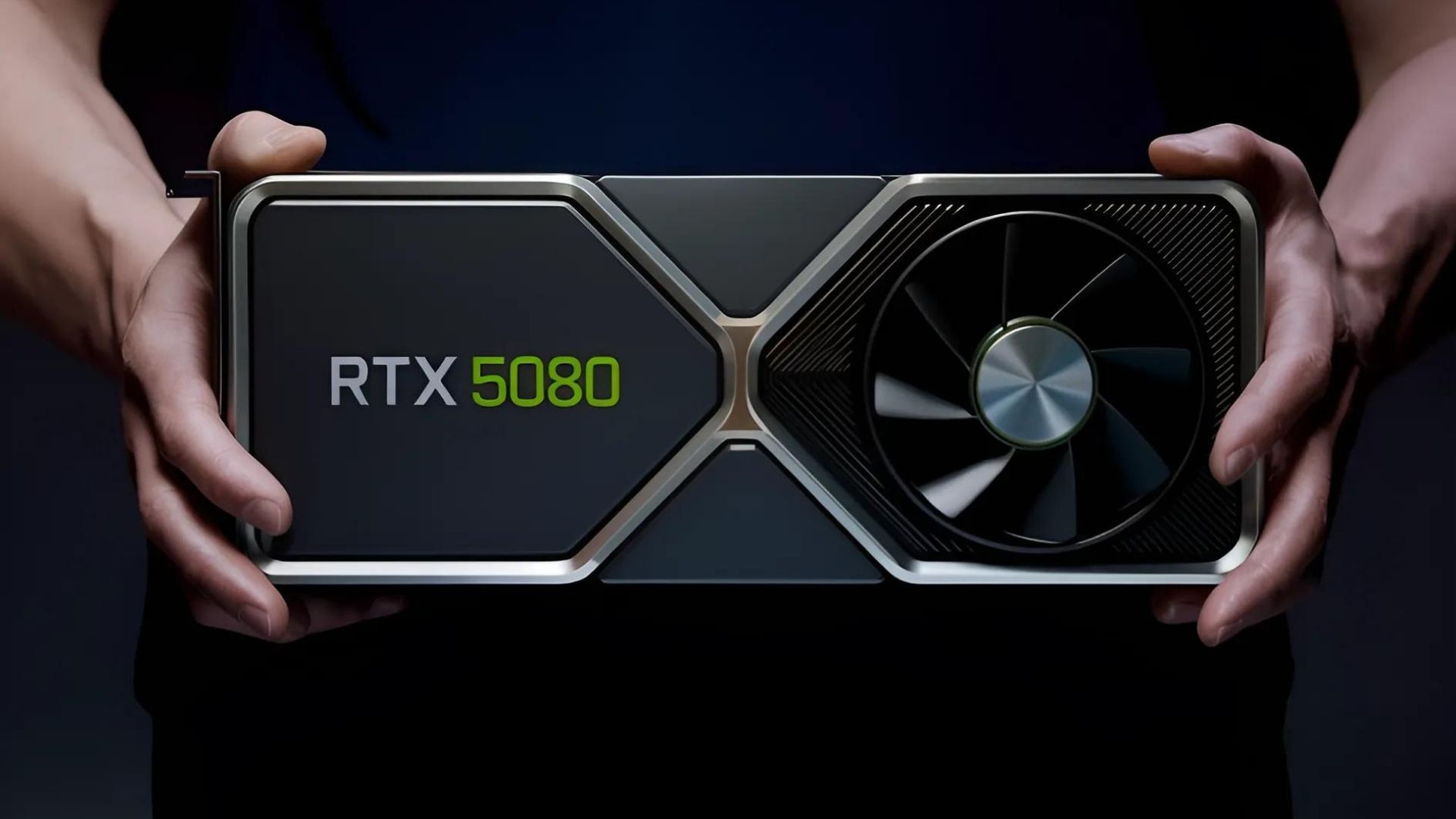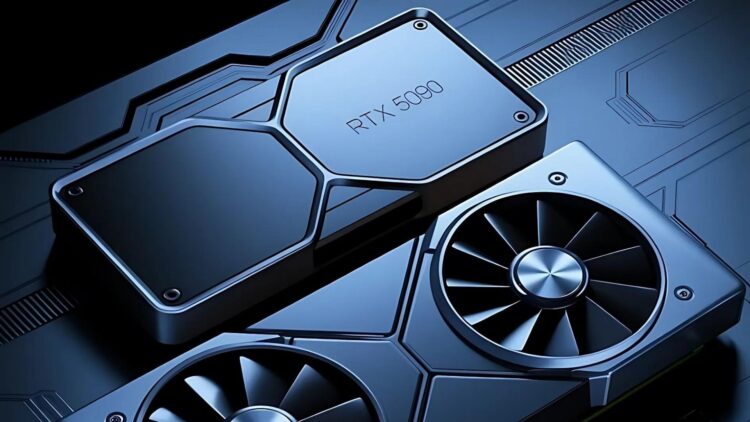NVIDIA is preparing GeForce RTX 5090 and RTX 5080 cards poised to be mighty machines based on leaked details. With an impressive rise in CUDA cores and faster memory capabilities, these cards will likely deliver outstanding performance gains against earlier models. The uncovered data reveals higher power demands, which imply that these cards require substantial air cooling options rather than solely hammering on pure grunt.
The news indicates that NVIDIA’s new GPUs will seek to surpass the capabilities of gaming and high-performance systems. If correct, RTX 5090 and 5080 may transform what PC hardware can deliver.

What we know about the RTX 5090
According to sources, the RTX 5090 will succeed as NVIDIA’s current flagship and feature 21.760 CUDA cores, while the RTX 5080 holds 10.752 CUDA cores. With its large number of cores, this card provides an excellent boost in computational efficiency. This type of card is genuinely impressive.
The RTX 5090 might include 32GB of GDDR7 memory and a 512-bit path, allowing extensive memory speeds for challenging gaming and professional applications. Although it offers impressive speed, this ability has disadvantages. The card is assumed to arrive at a 600W TDP, considerably greater than the 450W TDP seen on the older RTX 4090 model.

A powerful gamer in its own right the RTX 5080
Although the 5090 is prominent, the 5080 holds its ground as well. With its 10.752 CUDA cores and 16GB of GDDR7 memory coupled with a 256-bit memory bus, this model is designed for gamers and professionals alike. With a TDP of 400W for energy consumption, the RTX 5080 represents an enhancement over the previous RTX 4080’s 320W.
Although the RTX 5080 won’t achieve the impressive performance of the RTX 5090, it is likely to offer a promising advancement compared to current options. For customers aiming for reasonable power and cost affordability, the RTX 5080 stands as an ideal choice.
GeForce RTX 5090
PG144/145-SKU30
GB202-300-A1
21760FP32
512-bit GDDR7 32G
600W— kopite7kimi (@kopite7kimi) September 26, 2024
Comparing the generations
To better understand the differences between NVIDIA’s new Blackwell architecture and the previous Ada Lovelace generation, here’s a side-by-side comparison of the key specs:
| Feature | RTX 5090 | RTX 5080 | RTX 4090 | RTX 4080 |
| Architecture | Blackwell GB202-300 | Blackwell GB203-400 | Ada Lovelace AD102-300 | Ada Lovelace AD103-300 |
| CUDA cores | 21,760 | 10,752 | 16,384 | 9,728 |
| Memory | 32 GB GDDR7 | 16 GB GDDR7 | 24 GB GDDR6X | 16 GB GDDR6X |
| Memory bus | 512-bit | 256-bit | 384-bit | 256-bit |
| Memory speed | 28 Gbps | 28 Gbps | 21 Gbps | 22.4 Gbps |
| Memory bandwidth | 1792 GB/s | 896 GB/s | 1008 GB/s | 717 GB/s |
| Power consumption | 600W | 400W | 450W | 320W |
| Release date | 2024 (Rumored) | 2024 (Rumored) | September 2022 | September 2022 |
The analysis shows how greatly the RTX 50 series exceeds its previous version regarding core quantity and memory speed. Nearly twice as many CUDA cores are in the RTX 5090 compared to the RTX 4080, while the RTX 5080 offers a balanced upgrade.
These revealed specs indicate that the GeForce RTX 50 series is set to disrupt the GPU market again. If NVIDIA’s products do not overheat excessively, they will attract attention when looking for elite gaming or heavy workloads.
Image credits: Barış Selman/Ideogram





